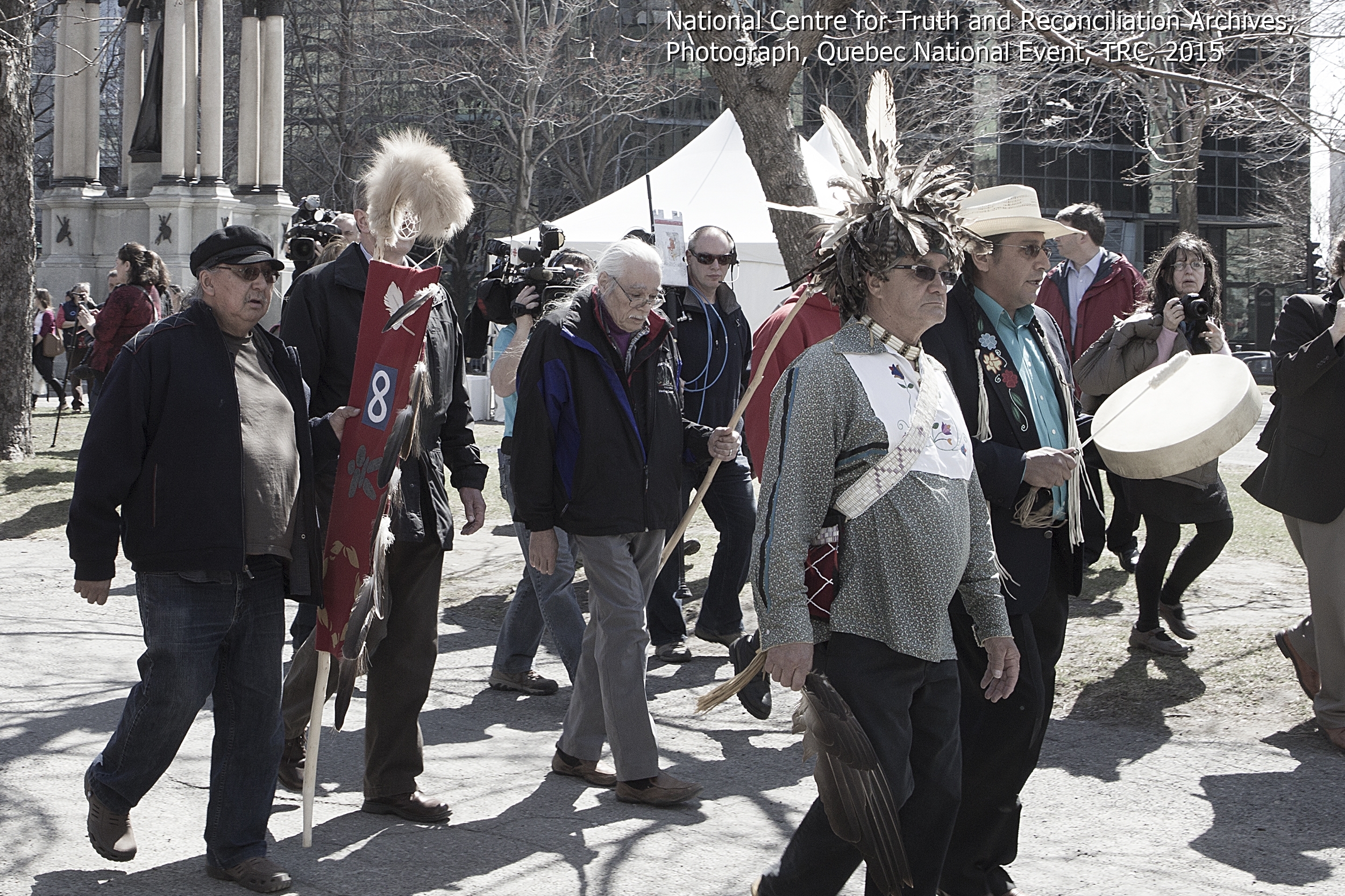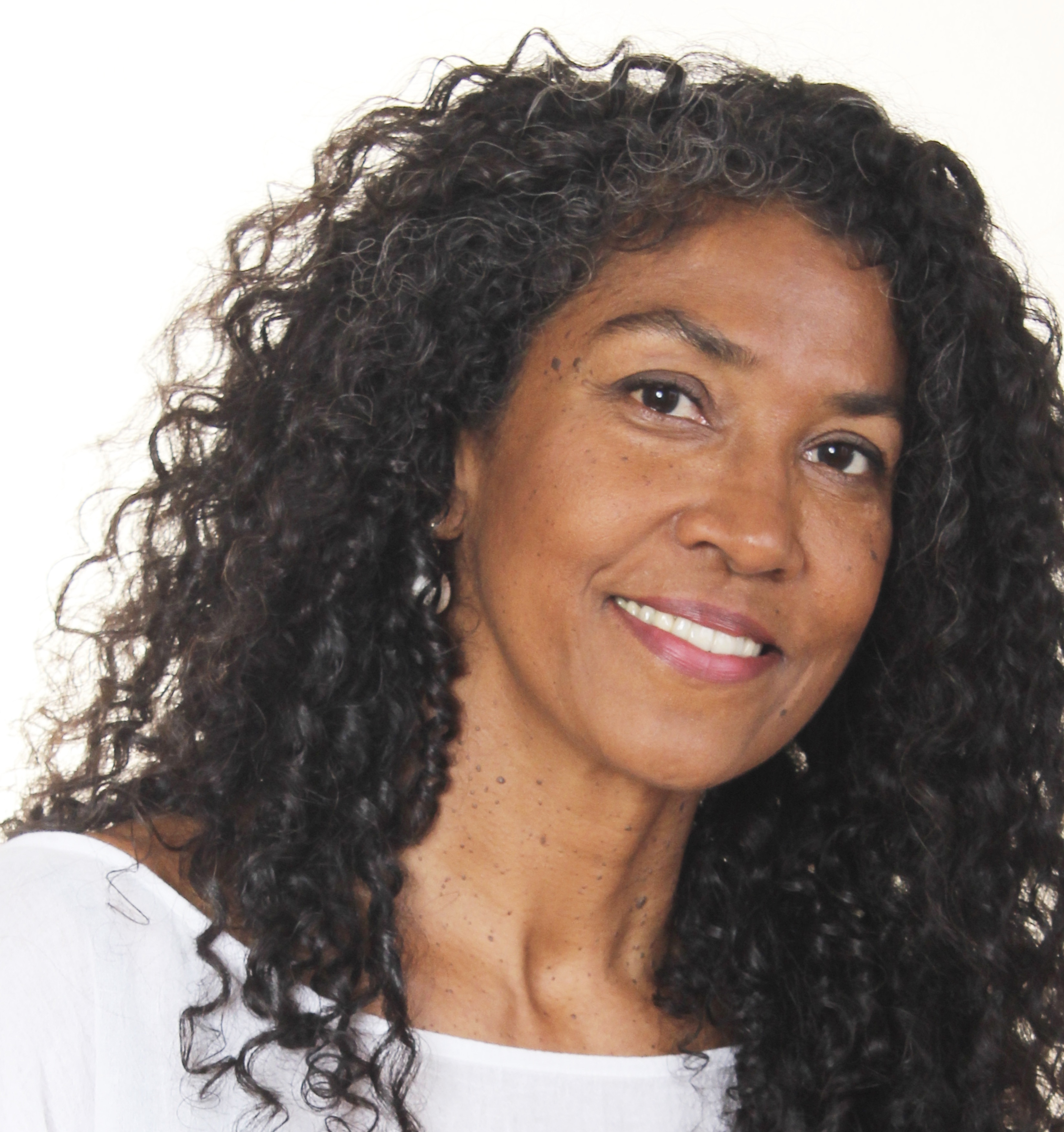Librarian Jessie Loyer on the publication of the Truth and Reconciliation Report by McGill-Queen’s University Press and the role of Canadian libraries in reconciliation.
“If you leave them in the family they may know how to read and write, but they will still remain savages, whereas by separating them in the way proposed, they acquire the habits and tastes – it is to be hoped only the good tastes – of civilized people.”
– Hector Langevin, Public Works Minister, 1883
“When one person would start crying, all the, all the little girls would start crying; all of us. We were different ages. And we would cry like little puppies or dogs, right into the night, until we go to sleep; longing for our families.”
– Betsy Annahatak, Kangirsuk (Payne Bay), residential school survivor
Just over a year ago, I was on the Walk for Reconciliation with thousands, remembering the children who went to residential schools. This national Truth and Reconciliation Commission of Canada (TRC) event marked the release of the first part of their lengthy final report. They hoped that their work would help Canada start to grapple with the systematic and sustained horrors it had inflicted on Indigenous children in the name of education. The stories of widespread and specific trauma created by the residential school system are collected in seven volumes, each a book-length report, published by McGill-Queen’s University Press (MQUP): The History, Part 1, Origins to 1939; The History, Part 2, 1939 to 2000; The Inuit and Northern Experience; The Métis Experience; Missing Children and Unmarked Burials; The Legacy; and Reconciliation.
As it exposes horrifying patterns of child abuse, it is important to ask: who is this final report in book form meant for? Survivors don’t experience catharsis when they give testimony; they re-experience that trauma anew. Taking on the burden of sharing these experiences so survivors don’t need to stand alone and shout their truth is now part of the responsibility that the TRC has passed to all Canadians.
There’s already incredible work being done to mobilize these findings. Last year, Erica Lee (nehiyaw), Zoe S. Todd (Métis), and Joseph Murdoch Flowers (Inuit) asked people to read and upload assigned sections of the TRC’s Executive Summary to YouTube with the hashtag #ReadTheTRCReport. Todd said about the project, “I want to start this process of ensuring everyone in Canada has access to the report; to engage with it; to ensure its findings are mobilized.” The project continues to reach out to new audiences: #ReadTheTRCReport was also included in an exhibit at the Leonard and Bina Ellen Art Gallery in Montreal in November 2015.
Before reading my assigned section and uploading my own #ReadTheTRCReport video, I couldn’t have explained the details of jurisdictional disputes, the way the federal and provincial or territorial governments try to shift responsibility to the other for Aboriginal child services. Without this project, I would be ignorant of Jordan’s Principle, which is intended to avoid departmental bickering about who has financial responsibility while children with complex health issues suffer. In Cindy Blackstock’s recent victory, the Canadian Human Rights Tribunal found that the narrow implementation of Jordan’s Principle is discriminatory and has literally killed Aboriginal children through inaction. So every effort to read the TRC report better prepares Canadians to understand our history’s impact now. To this end, I cheer the publication. It connects our past to our present.
A published copy of the work of the TRC makes survivors’ stories more accessible, but in a particular way, to a particular audience. As part of MQUP’s Native and Northern Series, currently edited by Arthur J. Ray and Sarah Carter, the report brings Indigenous voices to the fore. Yet we should reflect on the way voices of Indigenous people are being edited by non-Indigenous historians. Ray and Carter amplify Indigenous voices, arguably the most important role of a settler ally, and affiliating the report with a university press will elevate it for some, but money from this publication does not go to survivors. MQUP’s publication of the TRC final report is a savvy financial move in a time when reconciliation is a buzzword. There’s great demand for a reasonably priced series on a part of Canadian history that has wide-ranging implications for educators across campuses.
From a simply procedural perspective, it’s easier for me as an academic librarian to order from university presses when I’m building my collection. Publishing this series of books means more libraries will purchase them even though the reports are available online. It’s also a good reminder of the simple accessibility of print books in a world that likes to pretend that the Internet made libraries irrelevant. Consider the dismal reliability of Internet access in the North. Opening a PDF online might take longer than walking to a local library and borrowing the report, particularly for the aging demographic of survivors. These books will be included in library collections across the country in large part because a Canadian university press has published the findings.
What librarians include in their collections is influenced deeply by their own biases and opinions, shaped by the places they are from and the people who raised them. What we consider worthy of inclusion is never neutral but it is easy for libraries to claim ignorance and build distance. We are not schools nor churches; we did not do these horrifying things. Libraries could browse the ninety-four Calls to Action in the report and see no explicit mention of our core business. They could move on. Or they could pause. Libraries could look more closely and see the implicit connections to education and to research in this report. It’s more challenging to take the words of the TRC commissioners to heart when they say that “virtually all aspects of Canadian society may need to be reconsidered” in light of reconciliation. It’s more challenging for librarians to look closely at the ways we are intimately connected to the systems that allowed residential schools to happen.
Libraries are spaces of learning, whether formally affiliated with an institution or not, and must grapple with inheriting the genocidal legacy of education in Canada. Our collections may unthinkingly replicate falsehoods about the benevolence of residential schools. This series gives us a chance to include Indigenous voices in our collections.
The report universalizes but does not trivialize horrific experiences; it shows us patterns.
Let us never forget that the work of the TRC was fundamentally about violence enacted against children. Residential schools ripped them from their families and communities, abused their minds and their bodies, and warped their sense of self. “Reconciliation” that merely prompts a flurry of think pieces is disgusting. True reconciliation faces the horror of the innocence of children destroyed and asks, as the TRC’s Executive Summary does, “Now that we know about residential schools and their legacy, what do we do about it?”
Reconciliation will take time. There is time to read all two million words, in English and French, of the TRC’s final report. Take the time. Read it all. These seven volumes offer the chance for Canadians to place ourselves in this history, and to listen to stories we have ignored for generations. mRb







0 Comments